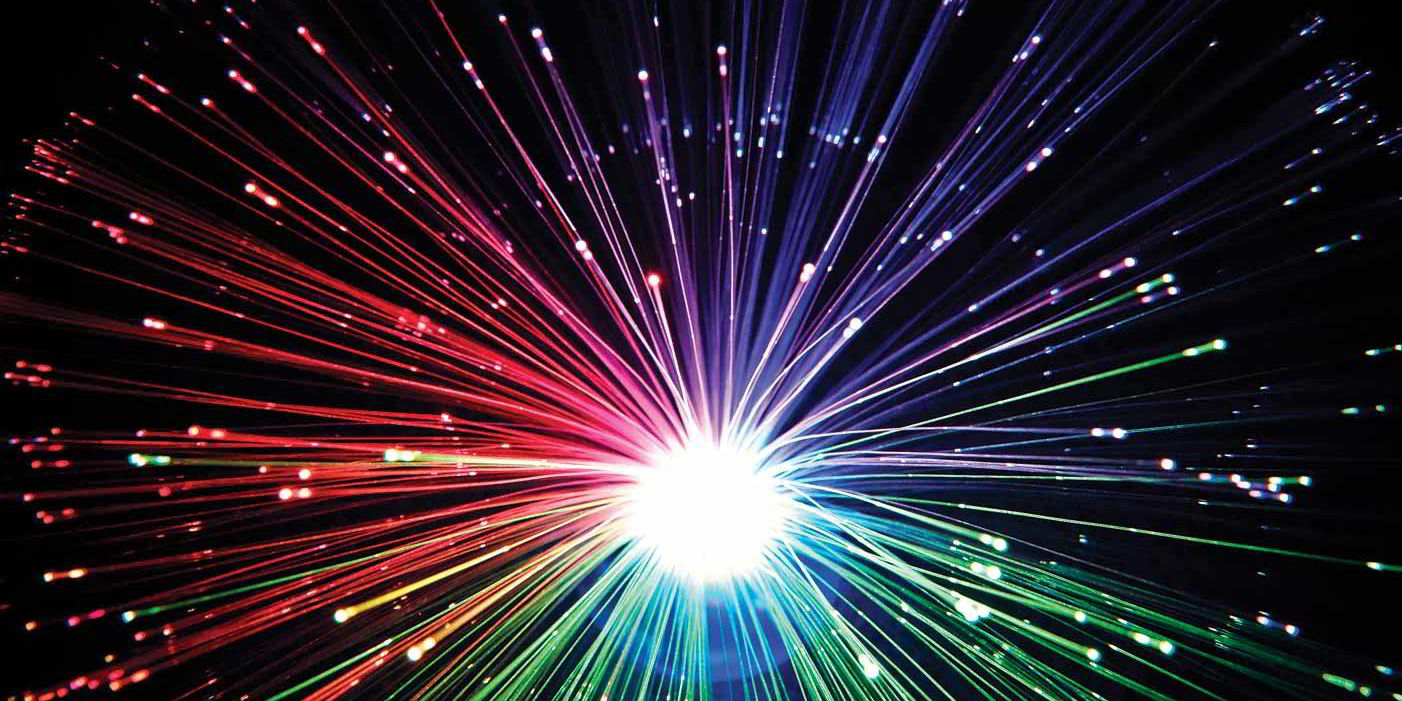The single-wafer silicon microcell, manufactured at the University of California, Santa Barbara using commercially available equipment, employs technology imported from the fibre-optics sector to “guide” incoming sunlight to the PV cell’s subsurface.
Modelling suggests that a near-100% intake of sunlight using these “light trenches” is possible, compared with the 70% capture-rate of most PV cells.
The Solar3D cell aims to solve two key shortcomings of traditional concepts that greatly diminish how much sunlight is converted into electricity – light reflection and electron loss.
Although

